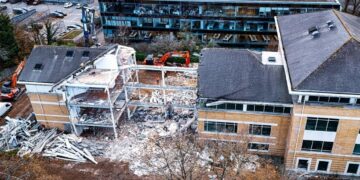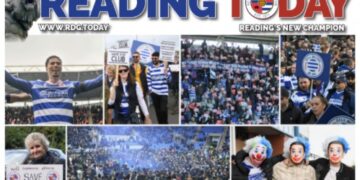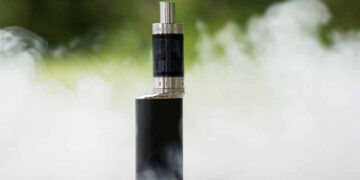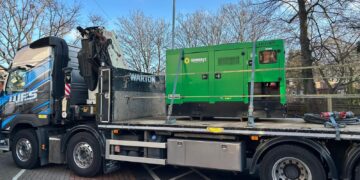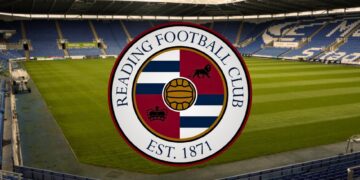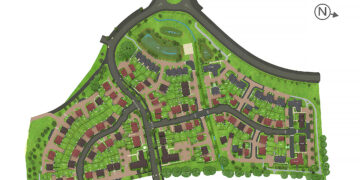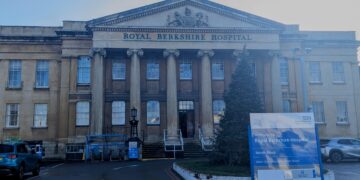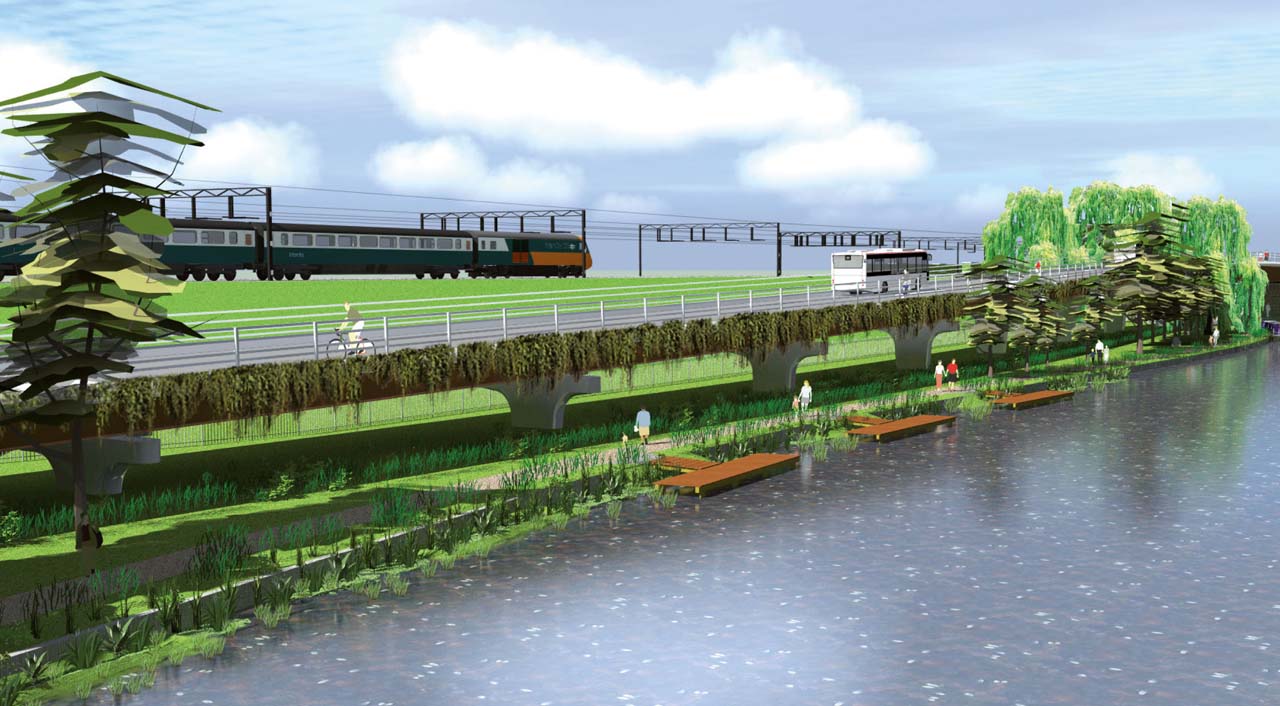CAMPAIGNERS who helped prevent the concreting over of a popular beauty spot are warning that the plans may be revived.
In 2018, Wokingham Borough Council’s planning committee twice rejected plans to build a bus lane bridge over the historic Kennetmouth, which links the River Thames to the Kennet and Avon Canal.
The scheme was called a Mass Rapid Transit (MRT) scheme and would see some buses use the bridge to reach the rear of Reading’s railway station.
There are fears that if a third bridge across the River Thames was ever approved, then there would be a campaign to convert the bus lane into a bridge for motorists.
The area by the Wokingham Waterside Centre is in Wokingham borough land, with Kennetmouth forming the border with Reading borough’s land.
The proposed would have dominated the Thameside footpath and saw a range of objections, including the number of trees and green space that the scheme would remove.
Now campaigners from SOAR – Save Our Ancient Riverside – have resurrected their campaign in the wake of new local plans being drafted up.
The group says that Reading Borough Council’s local plan, published in 2019 and running until 2036, names the MRT as one of its planned projects.
And Wokingham Borough Council’s Local Green Space Topic Paper, published late last year, cites that the land, officially referenced as LGS09, is “safeguarded for strategic transport network improvements”.
This would include Crossrail, if needed, and “a high quality express bus service or mass rapid transit along the A4 and A329 corridors”.
The document notes that while the area is part of the Thames Path, and used as a route to access Reading town centre and Sonning, it “holds no formal recreational or historical value”.
As such, “the site is not considered to be of particular local significance”.
However, SOAR argues that the evidence presented in this paper was “partial, misleading, factually incorrect and completely omitted any mention of the community’s many successful efforts to protect the space”.
They are now appealing for supporters to come forward so they can raise awareness that “this beloved national asset is still under threat”.
John Sharpe, SOAR spokesperson, said: “SOAR does not believe that the background, evidence and justification submitted as part of the Topic Green Paper reflects in any way the long term and widespread concern that local people feel regarding development on this land.
“The evidence contains factual errors and misleading descriptions.
“We feel that there has been a deliberate misrepresentation of the evidence in order to support the use of the land as a transport link rather than the designation of a Local Green Space.”
He also said that so many people had used the green space during the pandemic, social distancing meant that a new pathway had been created.
“One of the suggestions of SOAR was that since the path is so heavily used a second path on that line be established to relieve the pressure on the main path. This has now happened simply as a result of the number people walking along it,” he said.

Cllr Wayne Smith, executive member for planning and enforcement, said: “Local Green Space (LGS) is an optional designation under the National Planning Policy Framework (NPPF) that allows communities to identify and protect green areas which are of particular importance to them. Designation must be through a local plan or a neighbourhood plan.”
He added that the NPPF advises that the designation should only be used where the green space is:
- a) Near the community it serves;
- b) Is special to a local community and holds a particular local significance, for example, because of its beauty, historic significance, recreational value (including as a playing field), tranquillity or richness of its wildlife; and
- c) Is local in character and is not an extensive tract of land.
“Only a small number of green spaces were submitted to us for consideration as part of the local plan update process,” he said. “These were assessed and eight were proposed for allocation.
“An area of land at Kennet Mouth was promoted for Local Green Space designation but rejected as the area nominated was assessed not to meet the criteria.”
Cllr Smith felt the draft plan consultation provided an opportunity for people to express their views on what the council had got right, and wrong and where things could be improved. He promised careful consideration of these comments.
“A number of views have been expressed regarding the assessment and rejection of the green space at Kennet Mouth.
“Some views provided additional information and some promote a wider area which incorporates the river frontage along the Thames.
“All views will be considered and responded to in a future consultation on the local plan later this year. Where necessary and justified, our draft proposals will be amended.”
And over fears that the historic green space could be repurposed into a bus lane bridge, Cllr Smith said: “A sustainable transport link between Reading and Thames Valley Park is identified in the council’s planning and transport strategies.
“It is also identified within the equivalent documents in Reading Borough.
“An application for a mass rapid transit corridor was submitted and refused in 2019 due to the impacts of that proposal being considered unacceptable.”
SOAR’s Facebook page is called Don’t Trash The Thames.

